THE PORTRAYAL OF ALTRUISTIC BEHAVIOR IN THREE SELECTED PICTURE BOOKS
DOI:
https://doi.org/10.33884/basisupb.v12i1.9521Keywords:
Altruistic Behavior, Children Literature, Picture BookAbstract
This study aims to analyze altruistic behavior represented in three selected picture books. All three picture books have a common thread in building children's awareness of helping others and entering into the discussion of altruistic behavior. The objects of this study are three picture books entitled Little Miss Mary and the Big Monster Makeover by G.G. Toropov and Cleone Cassidy (2008), Harold Loves His Woolly Hat by Vern Kousky (2018), and My Brother's Wheelchair by Salil Chaturvedi (2019). The researchers conducted qualitative research by examining the image of pictures and the texts available in the picture books. The data were collected through close reading and content analysis, focusing on both textual and visual narratives. According to Ary et al. (2010), close reading in literature involves examining the formal elements. In doing so, the researchers use the theory of Ricard (2015) as the basis of the results of the analysis, which then finds this altruistic behavior related to the discussion. By observing the plot in the story and exploring the implicit message of the author in fostering social awareness in children as readers, these three picture books instill understanding to help others without asking for reciprocity and are only based on a simple desire oneself to help others selflessly.
References
Books & Book Chapters:
Ary, D., Jacobs, L. C., Sorensen, C., & Walker, D. (2010). Introduction to research in education (8th ed.). Wadsworth Cengage Learning.
Chaturvedi, S. (2019). My brother’s wheeeeelchair. Pratham Books.
Eisenberg, N., Damon, W., & Lerner, R. M. (Eds.). (2006). Handbook of child psychology: Social, emotional, and personality development (6th ed.). John Wiley & Sons,Inc. http://rehabilitationpsychologist.org/resources/HANDBOOK_OF_CHILD_PSYCHOLOGY_SIXTH_EDITI.pdf
Kousky, V. (2018). Harold loves his wooly hat. Schwartz & Wade.
Lukens, R. J. (2003). A critical handbook of children’s literature. Allyn and Bacon. https://www.gbv.de/dms/bs/toc/348664028.pdf
Monroe, K. R. (1996). The heart of altruism: Perceptions of a common humanity. Princeton University Press. https://drive.google.com/file/d/1DYd5vM29JJyZzJqINV589AmNJeZ0pBK8/view
Nagel, T. (1979). The possibility of altruism. Princeton University Press. https://cloudflare-ipfs.com/ipfs/bafykbzaceboo3pjioeuhtdpcb2yzu727m6sohysp2r4zb4hiptb42b4xuflfu?filename=Thomas%20Nagel%20-%20The%20Possibility%20of%20Altruism%20%281979%29.pdf
Nikolajeva, M., & Scott, C. (2001). How picturebooks work. Garland Publishing.
Ricard, M. (2015). Altruism: The power of compassion to change yourself and the world. Little, Brown and Company. http://www.ird.mcu.ac.th/wp-content/uploads/2021/07/Altruism-The-Power-of-Compassion-to-Change-Yourself-and-the-World.pdf
Tomasello, M. (2009). Why we cooperate. MIT Press. https://www.sedh.gob.hn/documentos-recientes/168-why-we-cooperate/file
Toropov, G. G., & Cassidy, C. (2008). Little Miss Mary and the Big Monster Makeover. Next Line Publishing. http://www.magickeys.com/books/marymakeover/
Journal Articles:
Brown, L. (2020). Altruism in literature and its impact on social theory: A historical perspective. Journal of Literary and Social Theory, 29(1), 78–95. https://doi.org/10.1080/1234567890123467
Eisenberg, N., Damon, W., & Lerner, R. M. (Eds.). (2006). Handbook of child psychology: Social, emotional, and personality development (6th ed.). John Wiley & Sons, Inc. http://rehabilitationpsychologist.org/resources/HANDBOOK_OF_CHILD_PSYCHOLOGY_SIXTH_EDITI.pdf
Hodgson, G. M. (2006). Instinct and habit before reason: Comparing the views of John Dewey, Friedrich Hayek, and Thorstein Veblen. Advances in Austrian Economics, 9, 109–143. https://doi.org/10.1016/S1529-2134(06)09005-3
Jasielska, D. (2018). The moderating role of kindness on the relation between trust and happiness. Current Psychology, 39(1), 2065–2073. https://doi.org/10.1007/s12144-018-9886-7
Junaid, S. (2017). Children's literature in empowering children character building. English and Literature Journal, 4(1), 109–125. https://doi.org/10.24252/elite.v4i1a10
Li, N., Kirkman, B. L., & Porter, C. O. L. H. (2014). Toward a model of work team altruism. Academy of Management Review, 39(4), 541–565. https://doi.org/10.5465/AMR.2011.0160
Mahmoodi, A., Bahrami, B., & Mehring, C. (2018). Reciprocity of social influence. Nature Communications, 9(1), 1–9. https://doi.org/10.1038/s41467-018-04925-y
Ricard, M. (2015). Altruism: The power of compassion to change yourself and the world. Little, Brown and Company. http://www.ird.mcu.ac.th/wp-content/uploads/2021/07/Altruism-The-Power-of-Compassion-to-Change-Yourself-and-the-World.pdf
Rutherford, A. (2010). Get by with a little help from my friends: A recent history of charitable organisations in economic theory. European Journal of the History of Economic Thought, 17(4), 1031–1046. https://doi.org/10.1080/09672560903434489
Smith, J. (2020). Altruism in the context of literature: The representation of altruism in modern novels. Journal of Literary Studies, 34(3), 182–202. https://doi.org/10.1080/1234567890123456
Trivers, R. (1971). The evolution of reciprocal altruism. The Quarterly Review of Biology, 46(1), 35–57. https://doi.org/10.1086/406755

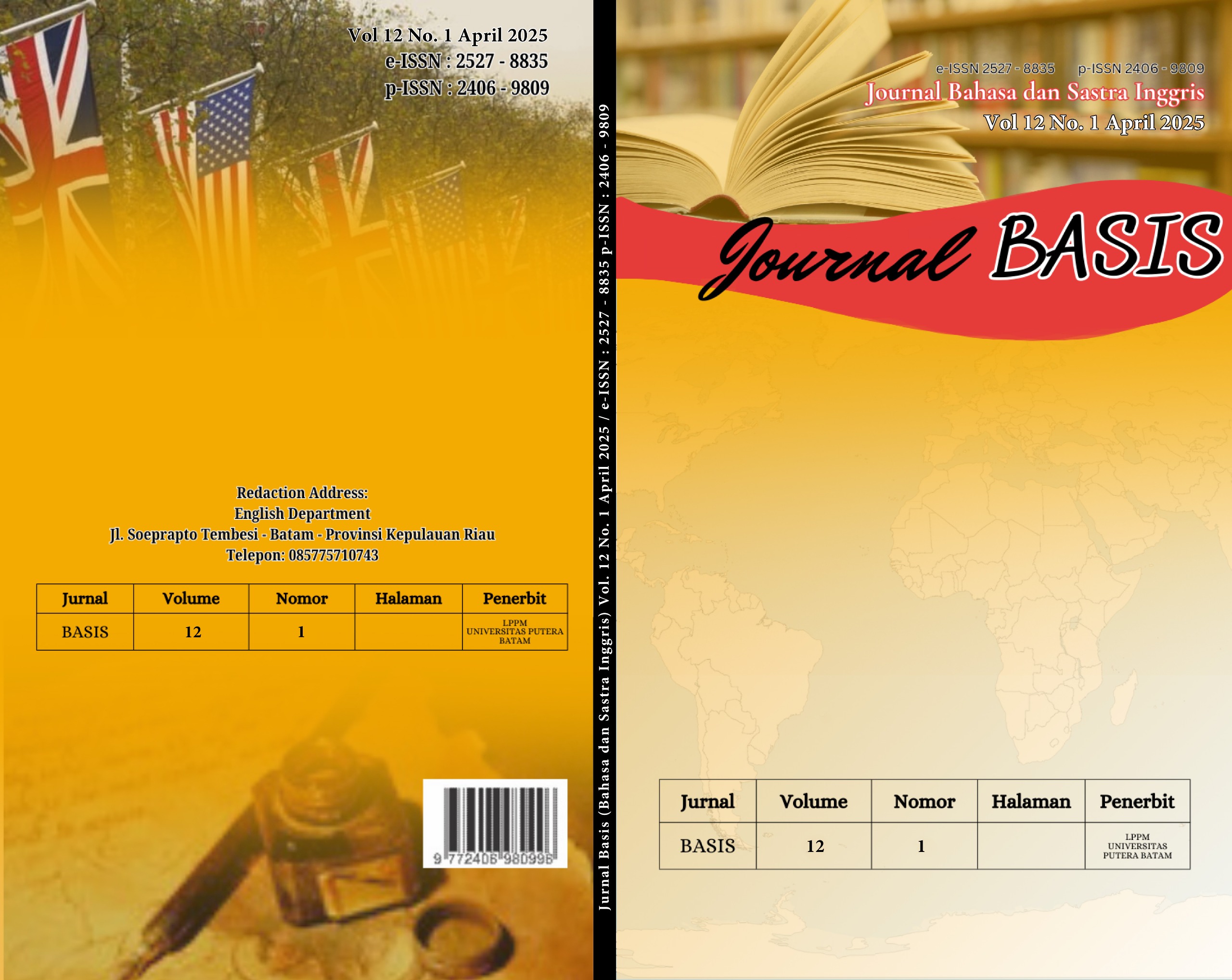

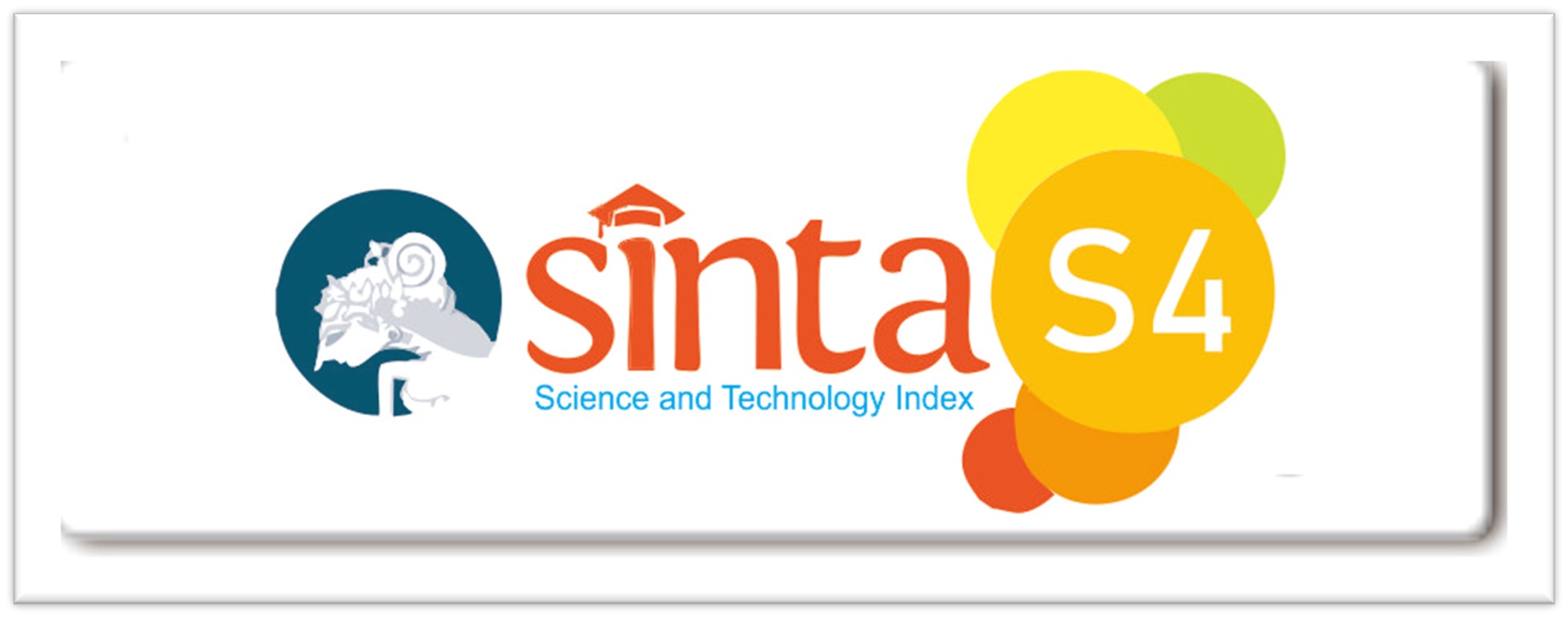

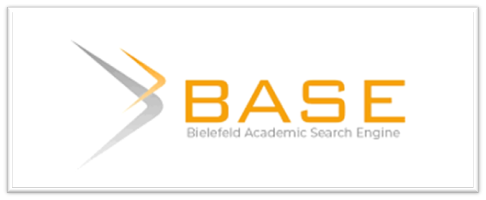

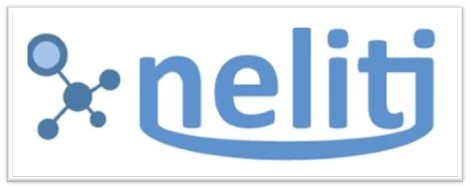

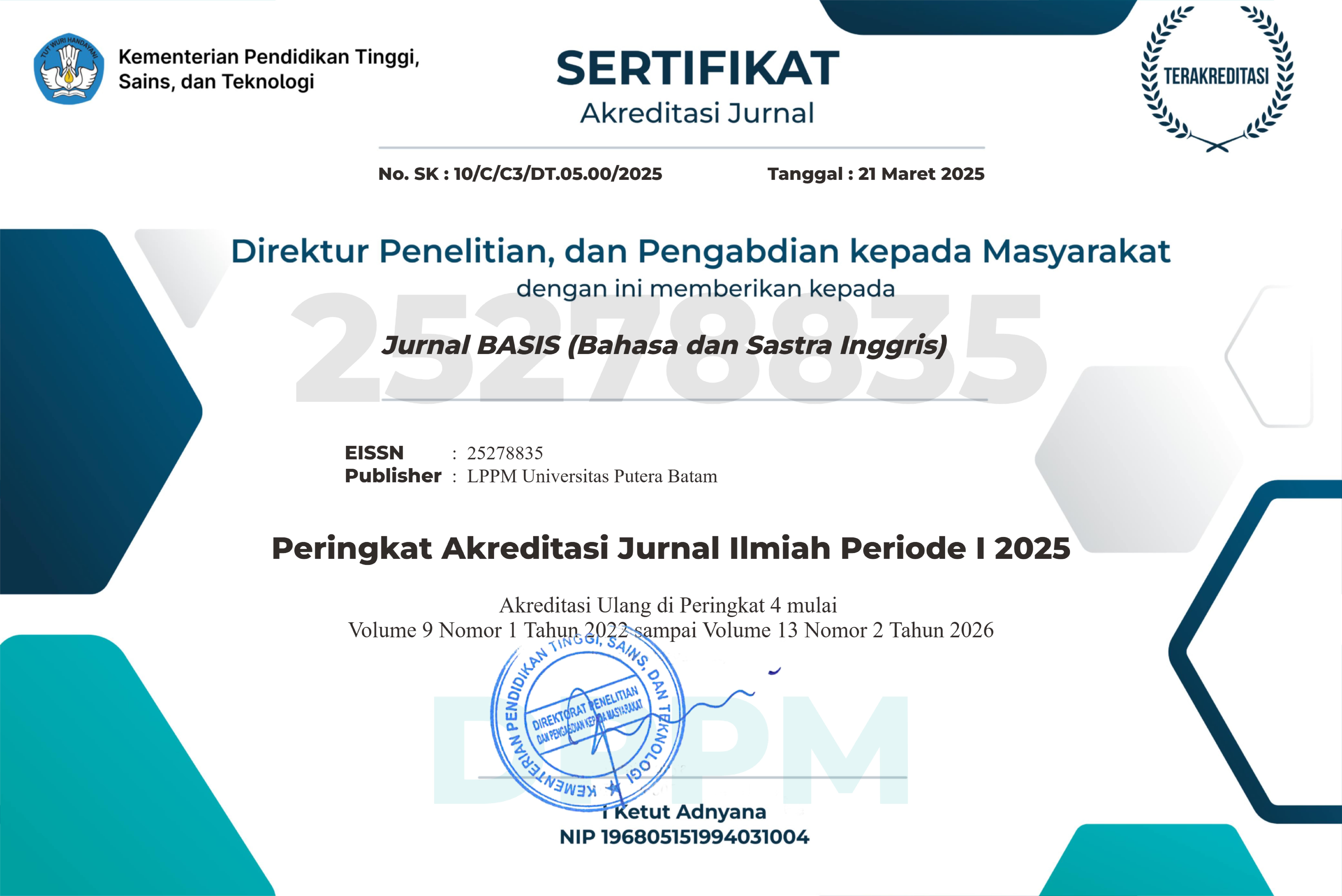



 JURNAL BASIS (BAHASA DAN SASTRA INGGRIS)
JURNAL BASIS (BAHASA DAN SASTRA INGGRIS)
